“It is a world within the world, and, if there be such places between the things of the world, places built in the gaps, then surely there are things there, and places between them, and things in those places too.” – William Gibson
I never went to Mascot Brewery. Not to the first version at any rate. It came online when we were hustling for the book and we had tasted the beers at Duggan’s Brewpub in Parkdale. A brewery that contracted their beers solely for a rooftop patio seemed to cater so vitally to what Toronto wanted and in doing so made itself one of dozens of options for a rooftop drink. Even with Duggan’s beer and food sourced from the mind behind the 416 snack bar, it seemed somehow unnecessary because the concept was so certain to work. Somehow I couldn’t generate the excitement for it.
Things are different now and far less certain.
Mascot in its current form has a finite span of time; a victim of the compulsion of Toronto to erect condominiums in every small remaining space. The space on Mercer street is not ideal for a brewery and that may explain the distance between the opening of the patio and the first brew in June. It is also temporary, practically circumstantial. Whatever Mascot is going to be, it will not be what it is or where it is.
When the Pilsner started turning up on Instagram, I began wondering what was going on. How do you resurrect a brand that didn’t capture the imagination the first time? In a scene this crowded how do you claw back a second chance when a brewery opens once a week? There are those lost in the flood, but Mascot isn’t among them anymore.
Much of this has to do with Siobhan MacPherson. A veteran of Mill Street and the founding brewer at Burdock, MacPherson is responsible for some great and highly sought after beers. The initial version of Burdock’s West Coast Pilsner, for example, which for a time cracked Ratebeer’s Top 50 for the style. Her departure under somewhat cloudy circumstances from Burdock caused a noticeable decline in quality in the short term and left her consulting breweries instead of creating her own products.
She is responsible for the best thing a brewer has ever said to me in defense of their brewing.
When asked during her tenure at Burdock, “So when are you going to make the same beer year round?” she said “Well, that sounds like some limp-dicked bullshit.”
Her drive to create is significant but for a time she was not going to be the brewer at Mascot. Beginning as a consultant, designing the brewhouse and supervising its installation it is maybe the process of building the tools that led to the current situation in which she is a part owner and the brewer. When I sit down with her she is 38 brews deep on the system. The temporary nature of the brewhouse is apparent immediately. In 180 square feet sit four 10 BBL fermenters and one 20 BBL for double batches. The kettle and hot liquor tank are shoehorned into a corner and from the brewhouse platform doors swing out into an external sprawl of structure, cold storage in a shipping container that crowds in a brite tank and five head filler tacked to the wall. “250 bottles an hour if you’re just chilling,” she says. The covered alley holds kegs and the container opens to allow a mobile canning line to package the goods. 2000 cans from a double batch.
The design, while innovative, is not the result of a best case scenario.
“How much longer does it take you to get things done compared to a brewery with a better layout?
“It works because we know we won’t have to deal with it forever,” she says, joking about a drainage issue under the grating next to the HLT. Someday soon there will be a new location and a space that develops out of design rather than out of necessity. In the meantime, Mascot ideates towards whatever that new space will be. Currently the interior of the restaurant mirrors that sense of reclamation and sprawl; the north wall is yellow shipping container. It is stripped down to its barest parts.
When she began designing recipes for the company, she was consulting. She asked the owners what they wanted and they had a vision of accessibility to market and of the type of beer they had to have. To begin with, a Pilsner to replace Duggan’s. To make it less chunky and to take it to a more interesting place. It does that with a crisp, lemon citrus and effervescence with a clean dry finish.
We’re drinking that at a booth next to the charcuterie case. The head chef has done time at Dinner by Heston in London (the recipient of two Michelin stars) and he is now working at brewpub food because he wants to be. The investment in such a long term project a curious choice in a doomed space, but the key here is holistic development. Explode the building. Explode the menu. Create.
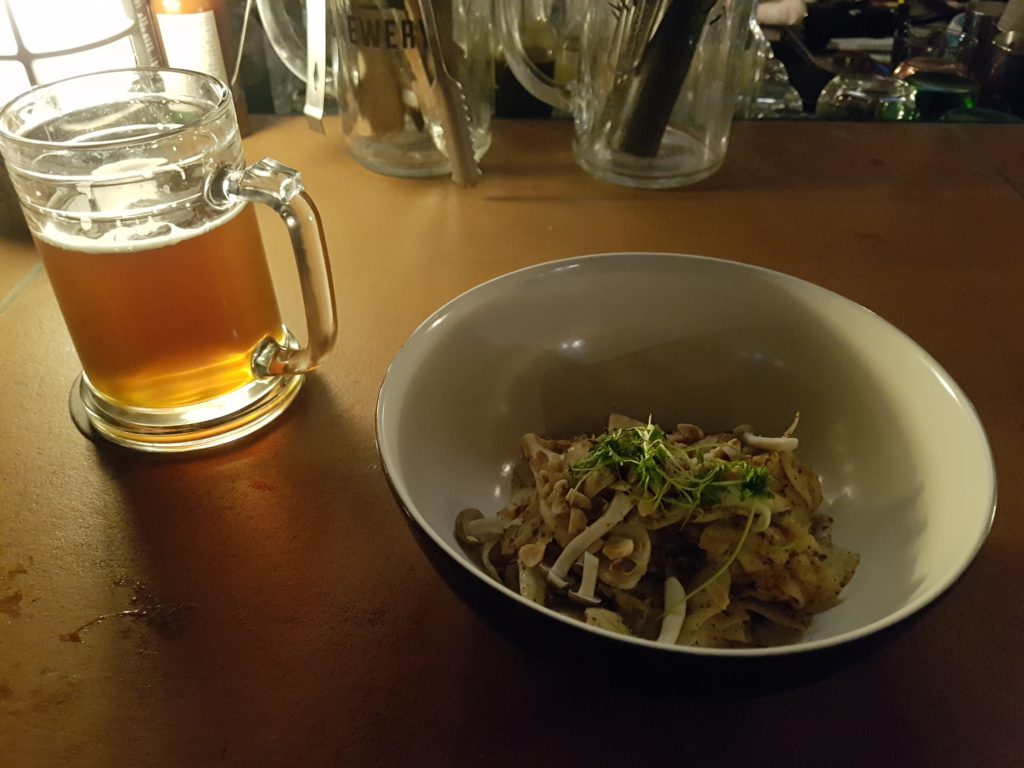
Salt Baked Celeriac with pickled mushrooms, hazelnuts and sheep’s milk ricotta. The second of two vegetable dishes I order. I am getting old, or at least sensible.
The Blonde Ale is of a pair with the Pilsner, but different. We taste versions two and three. Initially it reminds me of Quebec brewpub Blonde Ale, but it is more complicated. Crisp malt, Huell Melon and Conan yeast, but it is a roundabout way of delivering a quaffable Blonde Ale. The process is iterative, as are the ingredients. The third version is better balanced. “Fewer remaining dextrins,” she says not dumbing it down at all for me. The APA has little of the citrus that many would claim is the hallmark of that style. There is a mild sense of low shrub pine, but it’s mostly blackberry and blackcurrant. Azzacca and Galena at 25 IBU make it sessionable and food friendly.
The switch in locations has not compromised the drive.
“People tend to describe me as relaxed,” she says.
“There’s a certain amount of focus there.”
“The first thing you wake up doing is “how can we make this better” but it can be hard to improve when blockaded by real difficulties. Try this one. I’m really proud of this one.” She prefaces the Rye Not Amber Ale by telling me she hates Amber Ales. There has been a change in business sense, though. People walk in and ask whether they have an Amber. “I asked myself, “What is it that you don’t like about Amber Ales?” She would think about it on the drive to work.
For a beer with rye, the rye content is low, 3% but it arcs over the palate bridging the entire experience. She hates mid range caramel malts, so this is all light non-barley caramel malt and blackprinz. Get the colour, but not the cloy. There’s a lingering spice on the swallow that belies the small amount of rye. The yeast is clean, the hops do not distract. There is nothing in its way. In this case, but only this case, intellectual design wins out.
There are beers that call back to that rooftop patio. The Gold Rush uses juice from greenhouse and would potentially have made the original concept work, drawing people to luxuriate in the sun. It is lightly tart containing pineapple, cucumber and ginger, although it is the second of those that springs forward on the palate. There are also beers that fit this space with its candles and upright sconces. The Dark Saison tastes of currant and fig transitioning through licorice as it transfers from the mid palate to the bitterness at the end of the sip.
Maybe the best beer for my taste is the Sparkle Saison. She has been working on it for years. It is 5.7% now, although earlier versions were lower in alcohol. It features unmalted grains; buckwheat, spelt, rye and red fife wheat. When I ask what that sweet grain character is (maybe the spelt?), she says it might be the yeast, which surprises me. The relationship the yeast and grain have is symbiotic with the protein from those grains supporting the esters. There has clearly been research here. “It is easy to make, but you get into a state of complacency. I’m going to be pedantic about it. Am I actually improving it in the way that I should be?”
Now Interstitial, but iterative and incremental, this is how Mascot will become whatever it will be wherever it will be when this party is over. Sprawling out of a core idea that did not work because sometimes it won’t work. The answer is to push forward with what you have. Along the way you fill the gaps.
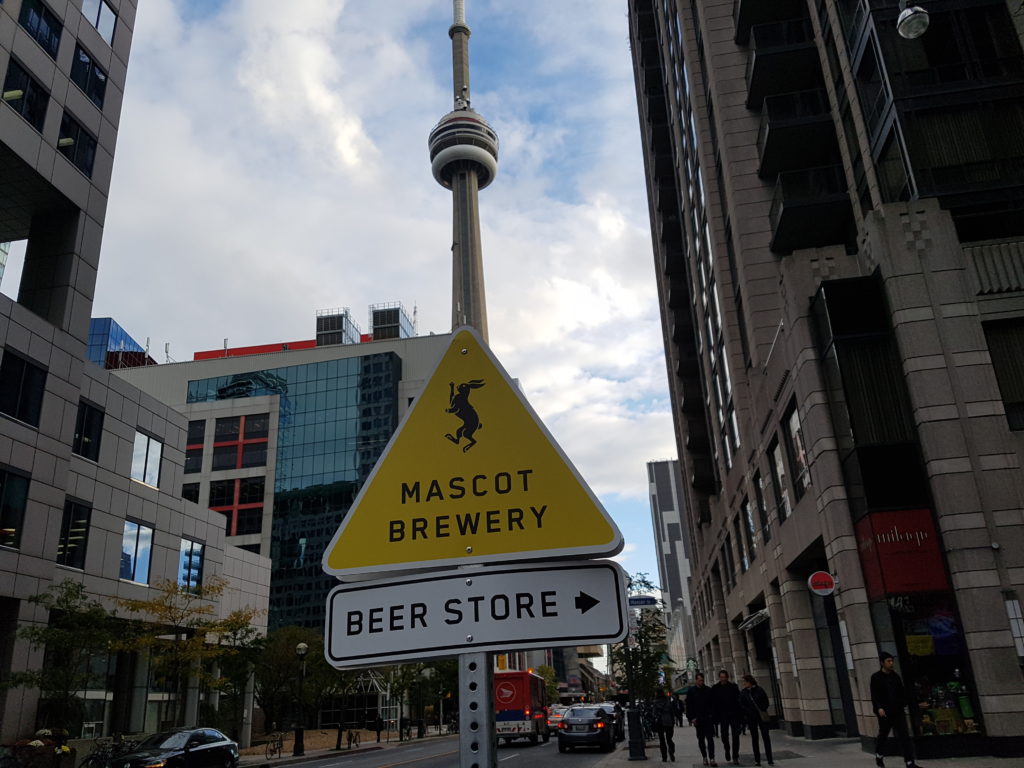
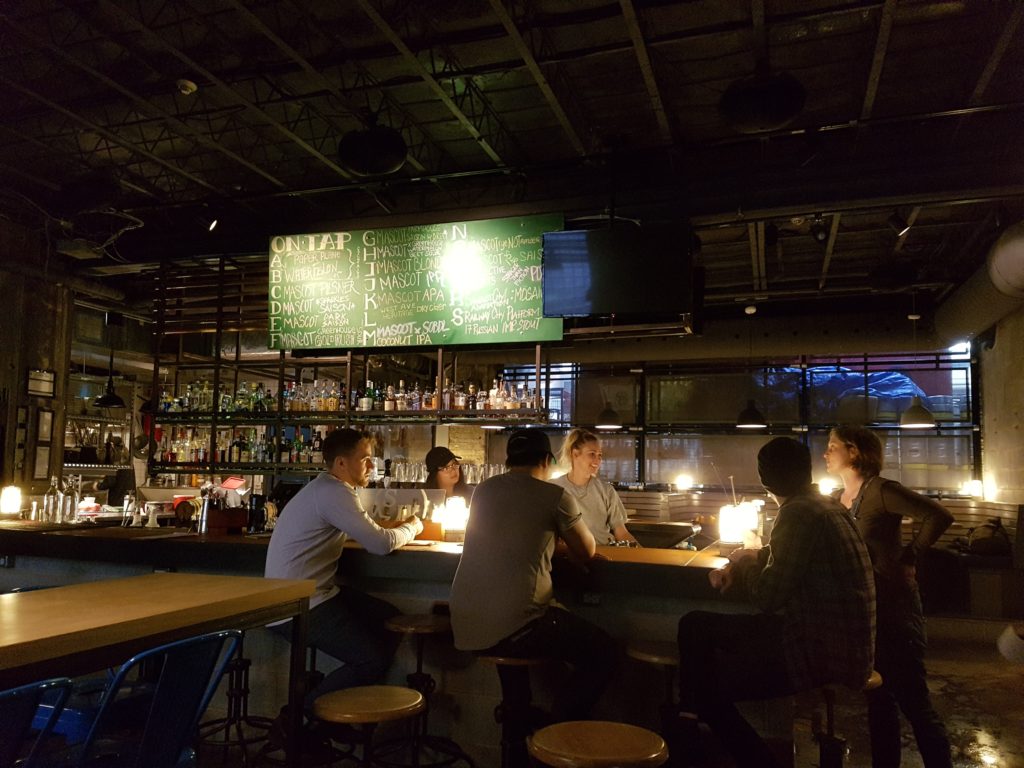
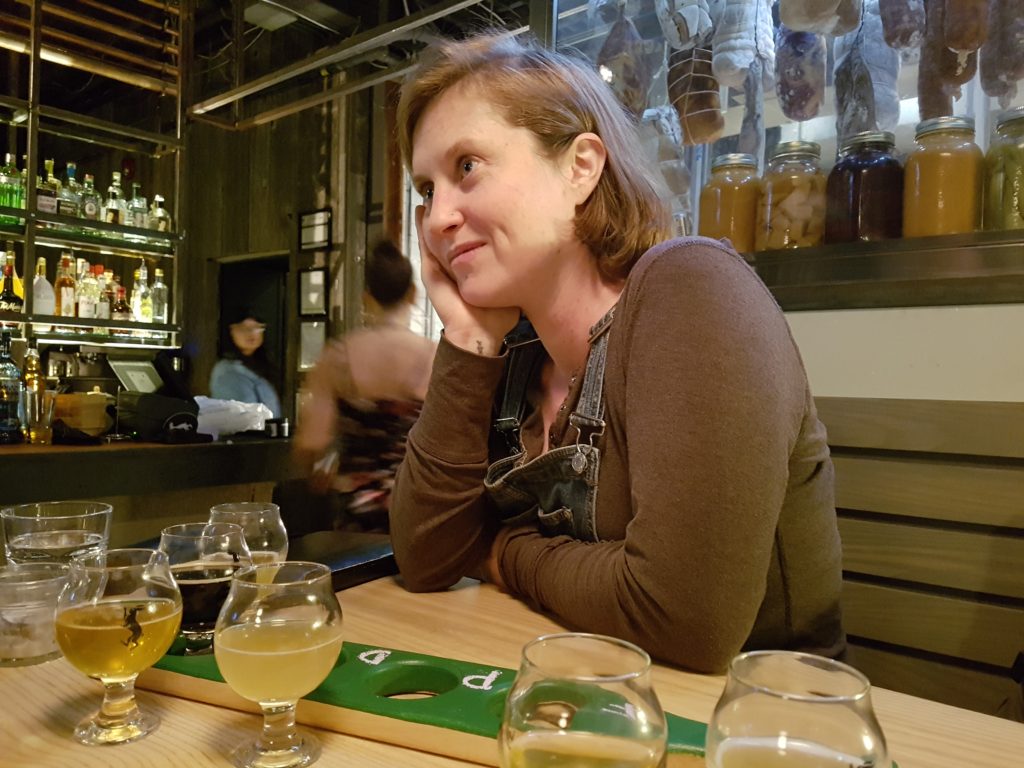
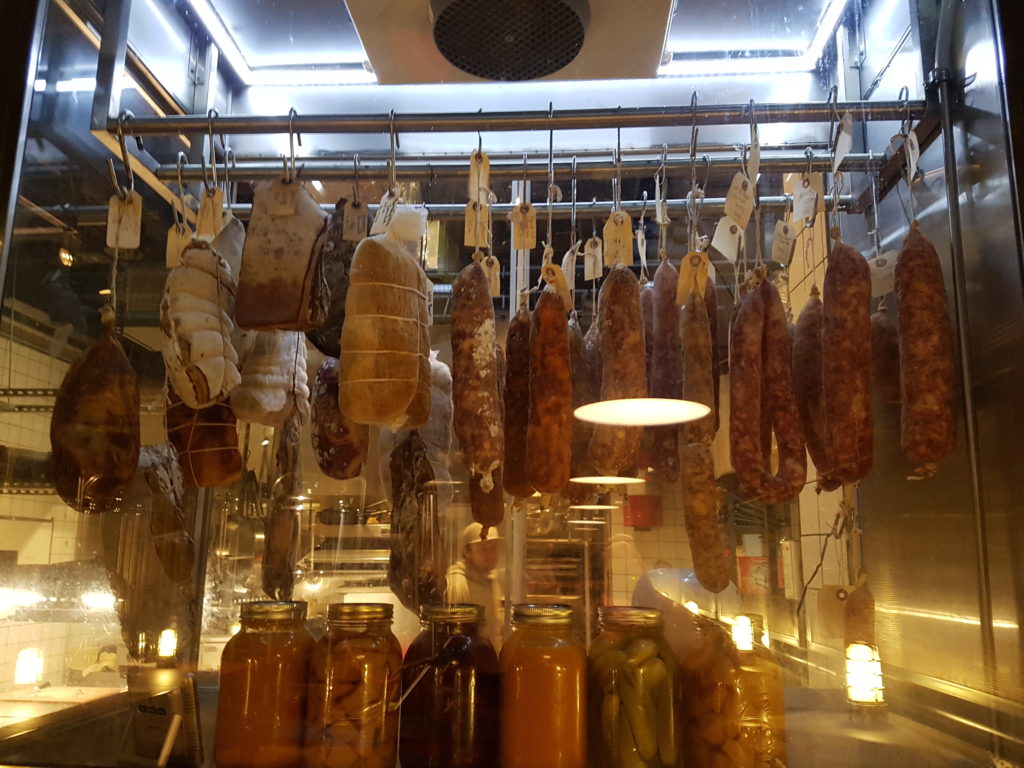
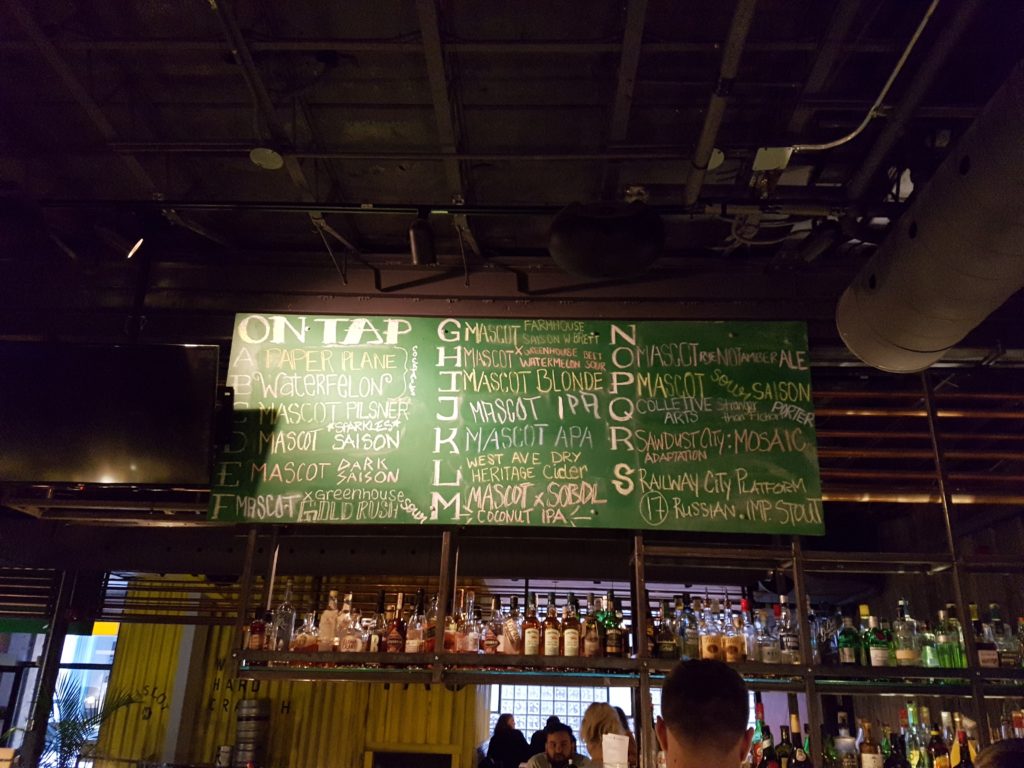
Great read Jordan thanks for posting.
That’s where she’s at. Well mascot is definitely worth a visit then.